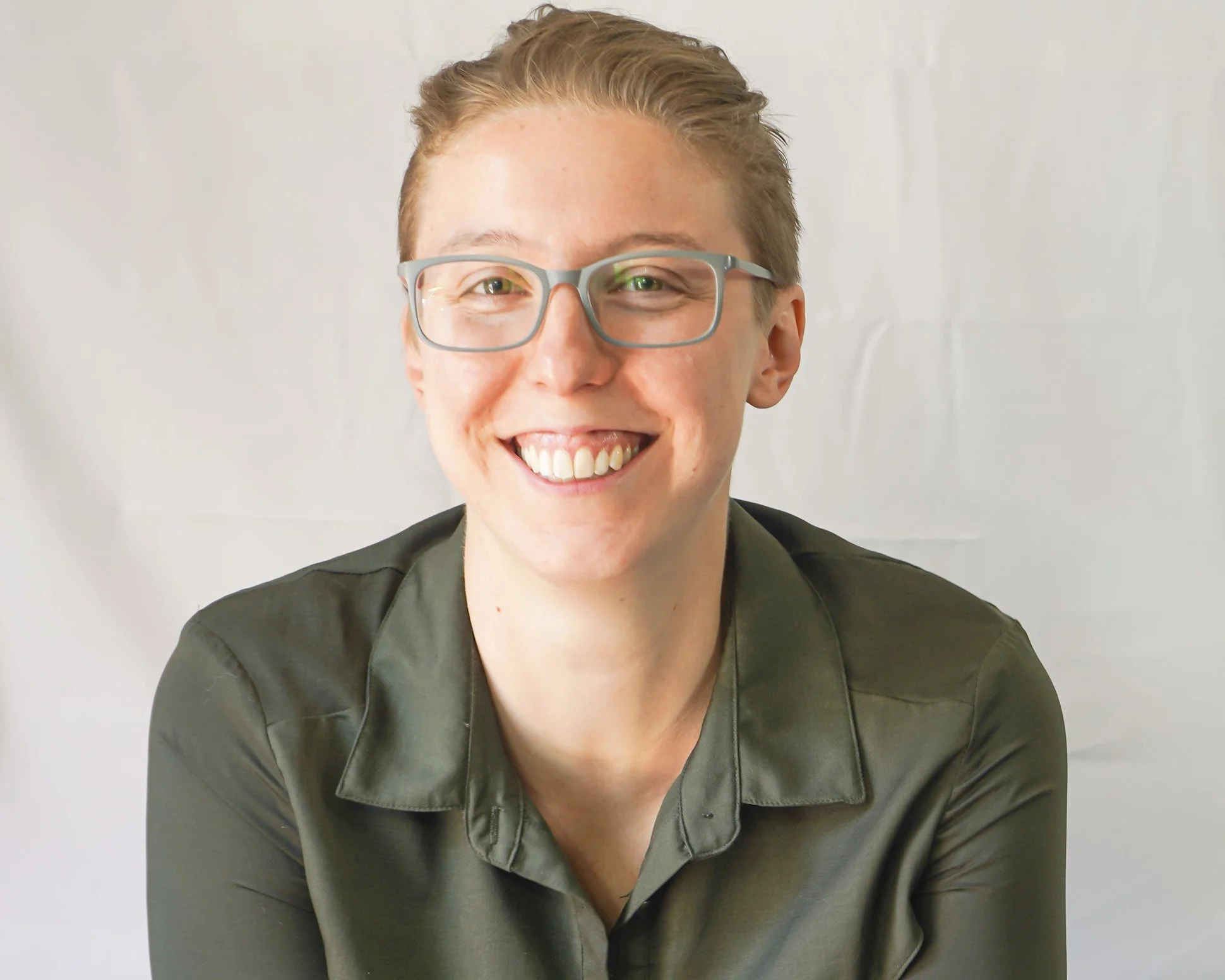How Polyamory Taught Me to Be More Creative With Essay Form
Ten years ago, I adopted an experimental approach to dating: I decided to build relationships the way people create art. I’m polyamorous, meaning I maintain multiple romantic relationships with partners I care about and commit to. Instead of love as paint-by-numbers, filling the image of traditional romance I was socialized to seek, I try to begin with the possibility of a blank canvas and co-design each relationship with that partner. Eventually, my writing imitated my romantic partnerships, too.
I started writing creative nonfiction five years into my polyamorous journey. I wrote for the version of myself who was just beginning to question monogamy and explore non-traditional relationships. At the time, mainstream media had begun publishing the occasional personal essay about non-monogamy, but almost without fail, it would focus on the initial upheavals of opening a relationship, then the couple would break up in the end or return to monogamy with a newfound appreciation for it. My partners and I (and other polyamorous folks I had come to know) needed stories about people who had weathered our struggles and doubts, and a vision of the wonderful things that awaited on the other side. I wanted to contribute to a world filled with personal, nuanced accounts of polyamorous success (and failure, because we’re human, not because polyamory is untenable).
In one essay, I wrote about my partner holding me and kissing my temple on the day after Christmas, while I sobbed about my boyfriend breaking up with me over Skype. In another, I wrote how I developed a kind of intimacy I didn’t know existed with my partner’s girlfriend: a friendship, affection, trust and kinship that grew from our love for the same person. I also wrote about straying even further from the norm by loosening the strict hierarchy I had with my primary partner, and welcoming other partners as full people in our lives, as opposed to forcing them to contort themselves around the early rules we’d layed out, like no sleepovers and no out-of-town trips.
Though the essays were about bucking traditional relationships, I stuck with a formula: A chronological story with a beginning, some kind of tension in-between, and a conclusion in which the tensions resolved and I evolved as a character. Sometimes I got fancy and braided in a flashback, but the overall progression always remained the same. “I’d like there to be a more satisfying ending,” people in workshops complained. They wanted an ending that looked similar to the ones they knew. I started to feel a familiar claustrophobia; one similar to the one I’d felt whenever, before polyamory, I found myself on the relationship escalator with someone new. The one that looked like exclusivity to moving in, getting married, and raising kids, all the while deprioritizing my friendships. Polyamory taught me to step off that escalator. It taught me I could design my relationships from scratch, and choose what I wanted and didn’t want with each person.
It finally dawned on me: I’d been approaching my essays the same way I used to approach relationships! No wonder I felt stuck and uncomfortable in my writing. That’s when I started experimenting: playing with form, creating new hybrids, letting each essay become what it wanted to be without pushing it into a predefined box. To play with possibility. That might look like adding a screenplay in the middle of a traditional essay, using Google Draw to superimpose handwritten notes I imagine scrawling on anniversary cards at the pharmacy, or blending satire and personal narrative. Exploring form—in relationships, and writing—inspires me.
Writing in different forms allows me to express the voices that exist within me, the same way intimacy with each of my partners allows me to embody different sides of myself. When I’m with one of my life partners, I inhabit a kind of vulnerability I usually have a hard time accessing. He makes me feel little and cared for, and helps me get in touch with my inner child’s sense of wonder. In contrast, another partner makes me feel big and strong, sees my gender queerness like no one else does, and lets me mentor her and care for her. I don’t consider myself particularly funny in most areas of my life, but whenever I get together with a longtime partner of mine who lives in my hometown and who I see once or twice a year, our conversations are rhythmic and full of humor.
I still enjoy writing traditional form essays, but now, I make that a conscious choice. It’s the same with monogamy: I don’t think non-monogamy is inherently better, or more natural. But I want everyone to be exposed to a variety of relationship forms; those who want monogamy should get to choose it. As writers, every single story presents the same opportunity–the possibilities are endless, and you get to choose.
About Alex Alberto
Alex Alberto (she/they) is a queer and polyamorous farmer and writer. She grew up in Montreal and currently lives in upstate New York, where she’s building a vegetable farm and retreat center. Their storytelling shows have been featured at Dixon Place and Theatre Row in New York City, and they’re currently working on a collection of essays about polyamory. You can connect with Alex on Instagram @AlexAlbertoNY.

